Description
The Grand Canal With The Rialto Bridge, Venice by Rubens Santoro printed on a Hoodie
About the Hoodie
Modern fit
It provides a more tailored look than a regular fit
Comfortable
The fabric and fit of this item are extra comfy
Tear-away tag
Easily removable tear-away tag that allows you to add a custom inside label
Premium quality
The product is made from premium, high-quality materials
Classic unisex hoodie with a front pouch pocket and matching flat drawstrings. The 100% cotton exterior makes this hoodie soft to the touch.
- 65% ring-spun cotton, 35% polyester
- Charcoal Heather is 60% ring-spun cotton, 40% polyester
- Carbon Grey is 55% ring-spun cotton, 45% polyester
- 100% cotton face
- Fabric weight: 8.5 oz./yd.² (288.2 g/m²)
- Front pouch pocket
- Self-fabric patch on the back
- Matching flat drawstrings
- 3-panel hood
- Tear-away tag
Rubens Santoro (1859–1942)
Rubens Santoro was an Italian painter.
He moved to Naples at 10 years of age, to study literature, but his inclination was painting. He only briefly enrolled at the Neapolitan Academy, instead, real life was his model. His first work was a small and simple genre piece: A Girl who Laughs, exhibited at the Promotrice. Domenico Morelli took note and encouraged him.
He began painting landscapes at Granatello, where the painter Mariano Fortuny was visiting. Fortuny commented to his fellow painter that:
Many end up where you started …. (you) continue to study more from life; of the ancient painters only two or three will learn from nature to add to their art. I had to work twelve years, and God knows what and how much effort, to break the gates of the Academy within which I had imprisoned myself, while you breathe the open and have attained it already.
Santoro continually changed his vistas, painting in Torre Annunziata, Castellammare di Stabia, Procida, the Amalfi Coast, and Resina. During the long trips to the open countryside, he distracted himself by playing the mandolin. Many of his Amalfi landscapes were bought by the Goupil Gallery. Two were displayed at the 1877 Exposition at Naples: Marina di Maiuri and Grotta degli Zingari. At the Isle of Capri, he completed the following canvases sent to the 1880 Turin Exhibition: Marina of Naples; Pozzo; Zingara; Zingare; Cavalcavia; Monte Tiberio; Quiete (a half-figure of a woman); Giovinezza; and Vecchiezza. At Venice he painted the vedute: Cloister of San Gregorio; Via di Piccioni; Wooden House; San Barnaba; Ponte de’ Turchetti; Al sole; Le lavoratrici di coralli; Blue House; and Grand canal. He moved to Paris, and after an excursion in England, returned to Naples even more prolific. Colnaghi, the art merchant of London, commissioned paintings for Stewart Gardner from the artist. His painting Verona exhibited at 1911 exhibition of Barcelona was awarded a Silver medal.
The painter Francesco Raffaello Santoro was his cousin.

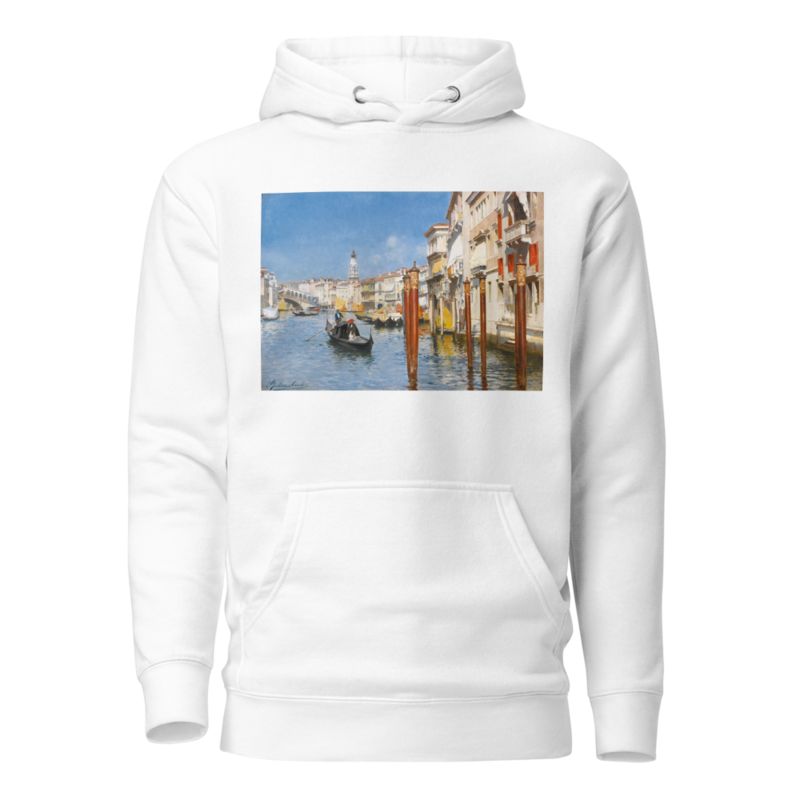
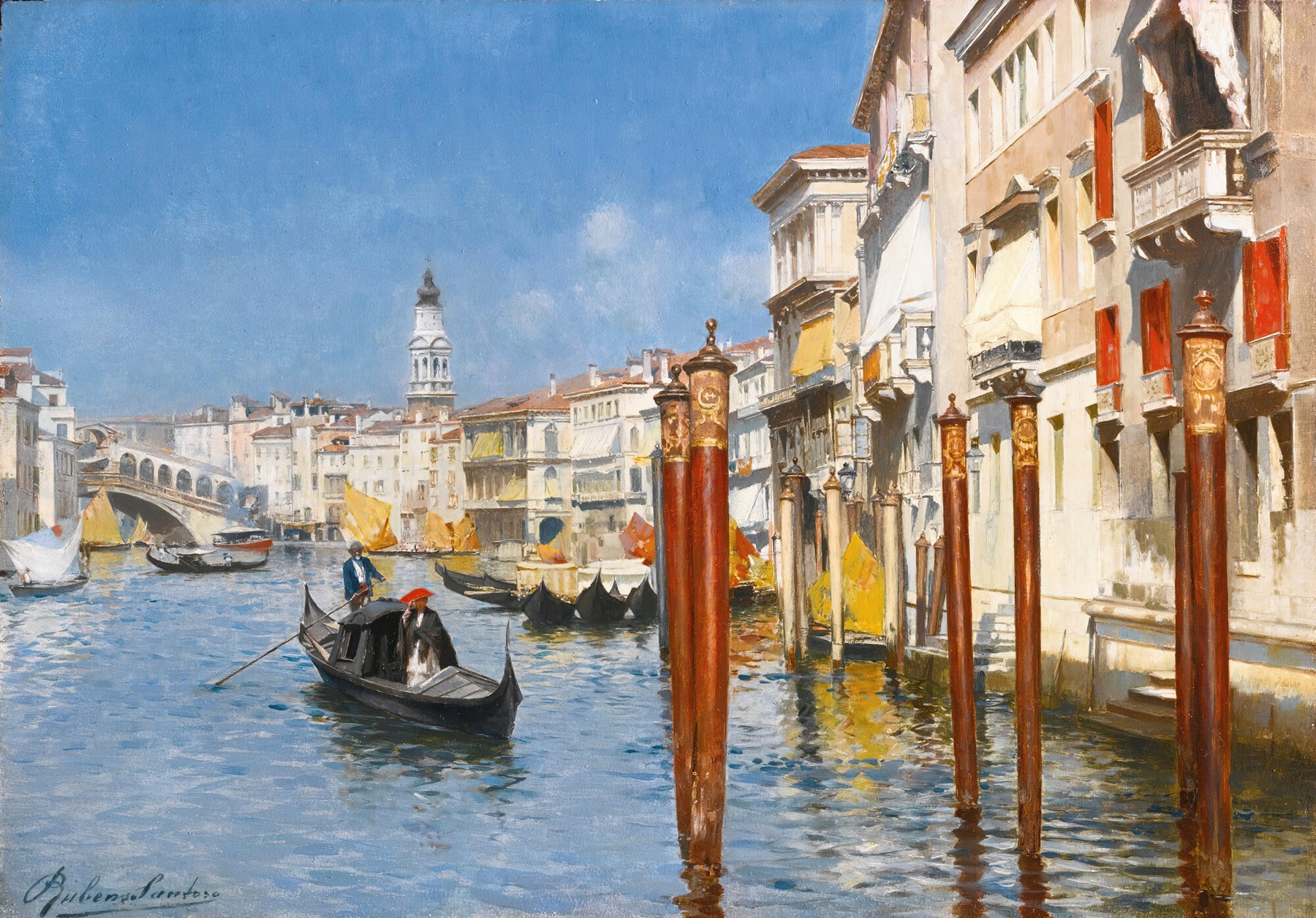
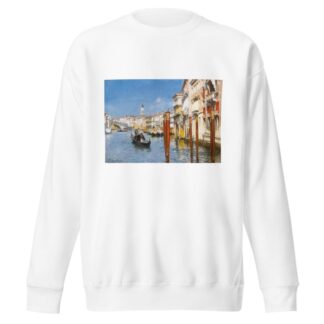
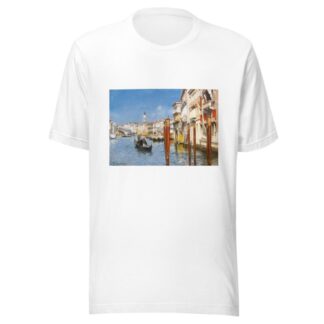
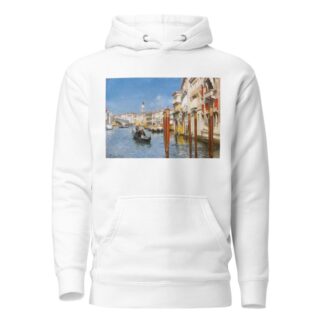
Reviews
There are no reviews yet.